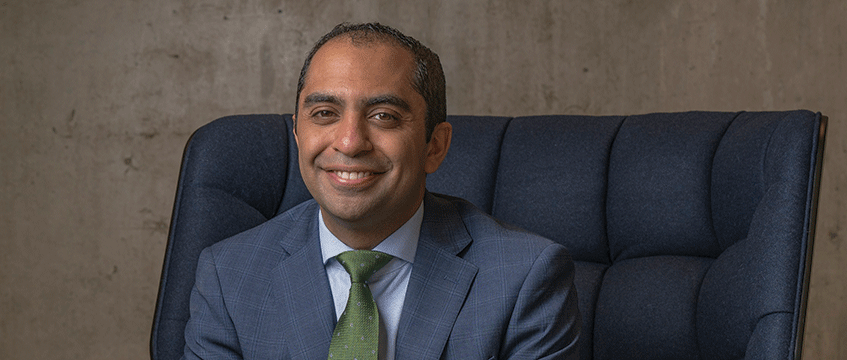The blurred lines of healthcare and urban design
When you think of the world’s most pressing healthcare problems, who comes to mind as having the ability to solve them? Doctors? Scientists? Government officials?
Yes, all of these are important. But in the decade ahead, this list will change and need to include architects, designers and developers as well.
Let’s take a moment to understand where we are in healthcare today. It is the most expensive, complex and uncoordinated it has ever been. In both the US and UK, we are the first generation whose life expectancy has actually declined compared with those before us.
When you think of the world’s most pressing healthcare problems, who comes to mind as having the ability to solve them? Doctors? Scientists? Government officials?
Yes, all of these are important. But in the decade ahead, this list will change and need to include architects, designers and developers as well.
Let’s take a moment to understand where we are in healthcare today. It is the most expensive, complex and uncoordinated it has ever been. In both the US and UK, we are the first generation whose life expectancy has actually declined compared with those before us.
When you read through the research explaining our health outcomes, the reasons for the decline are unexpected. Healthcare – that is hospitals, clinics, doctors and medicines — have advanced considerably yet in the end only influence about 10% of our overall health. Genetics accounts for about 30%. What makes up the other 60%? The places we live in and the circumstances influencing our behaviour. In other words, if we would like to improve our overall health, it is not sufficient to just provide great healthcare, we must redesign and change our day-to-day environments and habits.
In recent years, health insurers and policy-makers – those with resources tasked to improve our health — have changed how they are spending their money.
For example, Blue Cross Blue Shield, one of the largest insurance companies in the US, is investing not in healthcare but in food and housing to improve the health of people they insure. It has strategically identified neighbourhoods without access to healthy food and placed priority grocery stores there. It has also identified the most vulnerable people in these areas and taken steps to ensure they have access to secure and safe housing.
Our understanding of how where we live affects our health is starting to shape urban design. In Philadelphia, a group of researchers took on 541 vacant city lots and randomly assigned them to either stay vacant or be cleaned, graded and landscaped. The result? People living near the improved green space reported 42% lower rates of depression.
On a larger scale, how can buildings and places be reimagined with health as a priority? In a recent survey of US developers and investors planning large capital projects in the next five years, 84% said they would want the design to explicitly address health as a priority. In response, more and more industry tools have shifted to help clients identify the elements needed for healthy design.
Three years ago, the Centers for Disease Control established “FitWel” to help create healthier workplace environments. Based on more than 3,000 research publications, the tool helps employers evaluate all the design factors that go into creating a healthy workplace such as the proximity to public transport, bike parking, indoor air quality, healthy food access, and stairwell design. In just three years, more than 790 buildings have registered FitWel certifications.
The signs are clear that we are entering an era, which we describe as “Health in All Design”.
You may wonder why a surgeon trained in policy spends time in an architecture firm? The truth is, as I spend more time in both worlds, I realise the boundaries are increasingly blurred, and that connectivity between the healthcare and real estate sectors is critical to the future success of places.
Harnessing the best tools of academic medicine and lessons learnt from policy can transform the way we design spaces we occupy every day and ultimately lead to healthier and happier lives. I cannot think of a better mission.
Andrew Ibrahim is house staff surgeon at the University of Michigan and senior principal and chief medical officer at HOK











